Im trying to write queries on Azure Workbook so that I can run queries on our logs, which would allow me to drill down and view exactly what the exception message is. While doing so, when I execute a KQL query, on the workbooks, the column values are truncated as shown in picture. I want to be able to see the full error stack in order to troubleshoot the issue. Now I can get the operation_Id from here and then run it in Log Analytics to view full details, but I would like to view everything I need on this single page within Azure WorkBook. Clicking on the column doesn't expand it.
2 Answers
You cannot expand a particular column when you execute a kql query on the workbooks.
If you change the visualization to Text you will be able to see the complete stack error message as show in the below image
- 4,723
- 1
- 3
- 12
-
Thank you, is there a way to: 1. Display the text in json format 2. Display multiple columns without having to concatenate into single column – user1220169 Jan 18 '22 at 01:17
-
Below statements are based on our analysis, 1. Display the text in json format Ans: As shown in above screenshot the projected output is already in JSON format. 2. Display multiple columns without having to concatenate into single column Ans: Using Text visualization you cannot display the output in multiple columns – VenkateshDodda Jan 18 '22 at 09:28
-
or in the grid settings you can set the column renderer to be a link, and have that link open "cell details" . that will open up a side pane that shows all the content of the cell in a popup view – John Gardner Jan 19 '22 at 01:22
There are many ways to do something like this in workbooks, but the grid we use doesn't have the ability to expand a single cell like the logs view does.
As another answer states, you could use the "text" visualization to visualize just one cell (0,0) as a text block, but that only works for once cell queries.
or, in the grid settings you can set the column renderer to be a link for those columns, and have that link open the "cell details" view. that will open up a side pane that shows all the content of the cell in a popup view
- or you could pick the "generic details" option which will open a side popup showing the values of all the columns in that row)
or, you can go into advanced settings, and enable the option to export parameters when a row is selected. you can then set it to export specific columns as specific named parameters, and use those parameters downstream to see values in something like a markdown text item in the workbook, or in a subsequent query.
there are examples of things like that documented here: https://github.com/microsoft/Application-Insights-Workbooks/blob/master/Documentation/Interactivity.md
- 24,225
- 5
- 58
- 76

